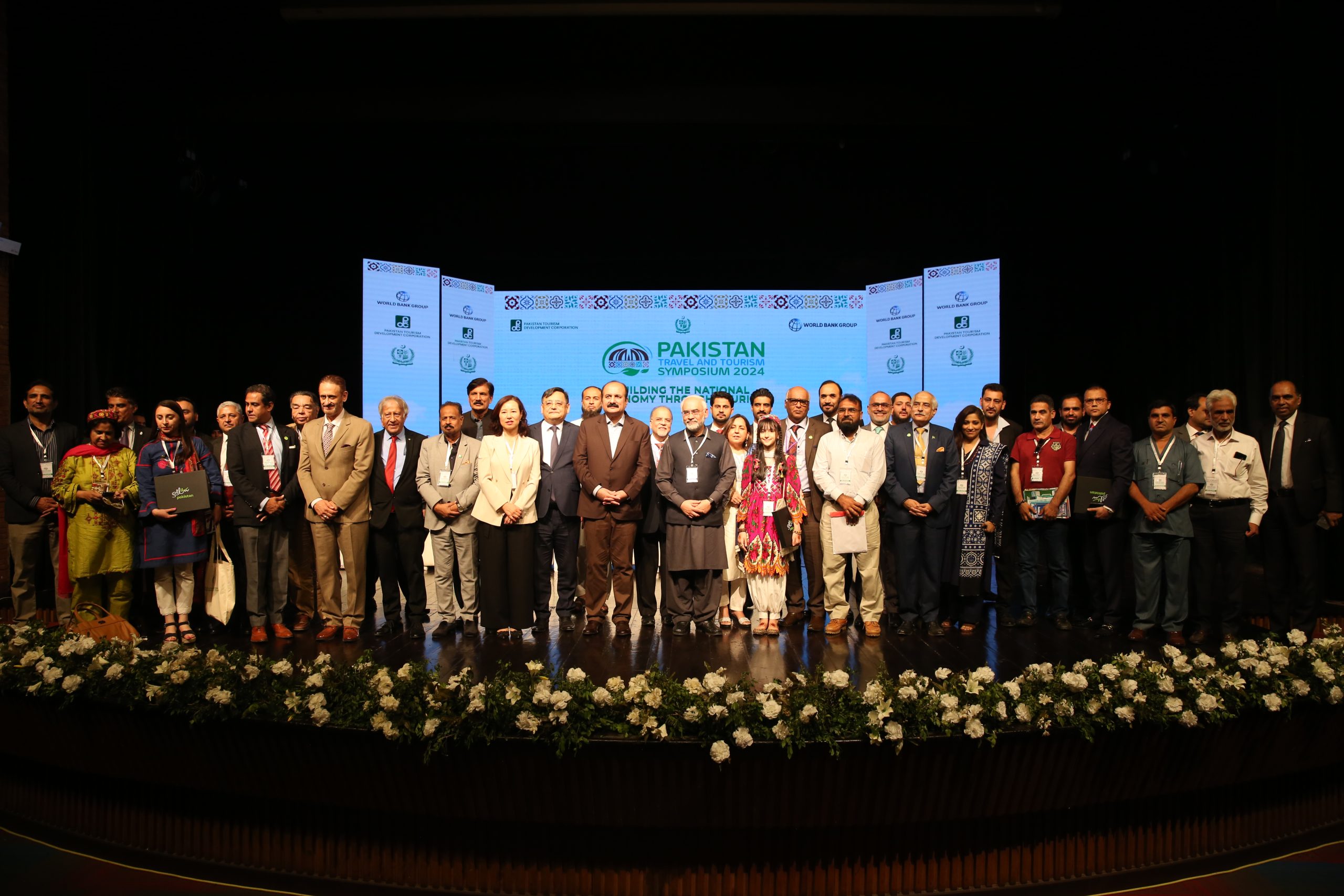Introduction
In an era defined by escalating environmental concerns and an urgent need for responsible practices, the travel industry finds itself at a critical crossroads. Two distinct paths have emerged, each offering a unique vision for the future – sustainable tourism and its dynamic counterpart, regenerative tourism. As the world seeks a harmonious relationship between exploration and preservation, the distinctions and implications of these two paths come into focus.
Sustainable Tourism: A Noble Objective
Sustainable tourism has long been regarded as an essential approach to restricting the negative impacts of travel. It embraces a careful outlook that encompasses current and future economic, social, and environmental considerations. This philosophy, championed by the UN Environment Program and the UN World Tourism Organization, strives to harmonize the needs of visitors, the industry, the environment, and host communities. Initiatives like conserving water by limiting linen washing, curbing food waste from buffets, and encouraging mindful consumption represent steps towards this equilibrium.
However, as admirable as these initiatives are, sustainable tourism inherently maintains a primary focus on containment rather than transformation. It intends to neutralize the negative consequences of travel – a noble objective, yet one that sometimes remains confined to economic decisions.

The Emergence of Regenerative Tourism
Regenerative tourism is an emerging trend in the travel industry, driven by a desire not only to mitigate the adverse effects of tourism but also to actively contribute to the revitalization of local ecosystems, economies, and cultures. Unlike its predecessor, sustainable tourism, which primarily focuses on minimizing negative consequences, regenerative tourism takes a giant leap forward. It aims to leave destinations in an improved state compared to their original condition, recognizing the potential for travel to be a catalyst for positive change.
Historical Roots and Contemporary Relevance
While the concept of regenerative tourism is not entirely novel, its resurgence can be attributed to the contemporary recognition of tourism’s environmental impacts, and the pressing need for responsible travel practices, particularly in the aftermath of the global pandemic. Indigenous communities have historically practiced regenerative tourism, embracing travel as a means to enrich their cultural heritage and restore their surroundings. Today, this philosophy gains relevance as the travel industry and its stakeholders endeavor to recover responsibly.
The Essence of Regenerative Tourism
At its core, regenerative tourism embodies a holistic approach that transcends the confines of traditional tourism. It nurtures collaborations and partnerships among all stakeholders, fostering diversity within local economies to mitigate overdependence on tourism for survival. An inclusive decision-making space empowers local populations to contribute to both community well-being and environmental stewardship.
One of the hallmarks of regenerative tourism is the creation of meaningful experiences. Travelers are encouraged to participate in projects that revitalize local communities and nurture the environment, fostering a deeper connection with the destination. This approach ensures that cultural heritage endures from generation to generation, turning holidays into transformative journeys rather than self-centered escapes.
The Choice Between Sustainability and Regeneration
As travelers and industry stakeholders chart their paths forward, the distinction between sustainable and regenerative tourism gains significance. While sustainable tourism strives for balance and containment, regenerative tourism aims for transformation and growth. The latter redefines the traveler’s role, encouraging engagement that not only benefits host communities but also contributes to the strength of ecosystems and the preservation of cultural legacies.
In an era where our planet’s well-being is paramount, the trajectory we choose for travel holds profound implications. The evolution of the travel industry is not solely about escaping to new horizons; it’s about shaping a future where exploration and conservation thrive in symbiotic harmony. The choice between sustainability and regeneration is an opportunity for travelers, industry players, and global citizens to come together and chart a course toward a world where the footprints we leave are steps toward progress.
Conclusion
Regenerative and sustainable tourism represent two distinct but interconnected visions for the future of travel. While sustainable tourism seeks to minimize harm, regenerative tourism aspires to actively heal and enhance the destinations we visit. Both approaches have their merits, and the choice between them depends on our commitment to responsible and ethical travel. As travelers and industry stakeholders navigate this critical juncture, the pursuit of a more sustainable and regenerative future for tourism will shape not only how we explore the world but also how we leave it for future generations.



